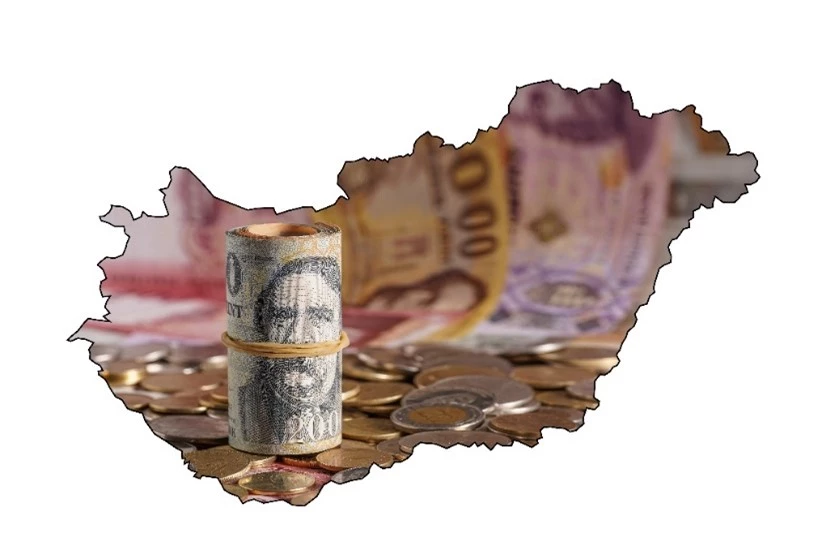Hungarian forint getting stronger – how can that continue?

This week was beneficial for the currency exchange rate of the Hungarian forint. This morning, 1 euro costs less than 395 HUF, and that process may continue. However, in the long run, the strengthening of the Hungarian currency needs external help. Below you may read more.
According to portfolio.hu, forint strengthened against the dollar. Today, one USD costs “only” 386 HUF. The reason is the weakening of the dollar. For example, the Polish zloty was on a similar trajectory as the forint.
Experts of the Nyugati pályán podcast, university teacher Dóra Győrffy, former deputy secretary responsible for energetics Attila Holoda, and economist Sándor Szabó agreed that there is only one way for the forint to get stronger on the long run. First, the Hungarian government must reach an agreement with the European Commission. Therefore, the country could get a lot of EU money, which may calm the markets and the investors. Furthermore, and this one is an utterly external factor, there has to be peace in Ukraine. As a result, the energy crisis might end in Europe, and the economy could thrive again.
Otherwise, the inflation will continue in Hungary, and it will be fuelled by, for example, a weak and weakening forint. They predicted that the euro-forint currency exchange rate might reach 420 in the coming months.
Interestingly, PM Viktor Orbán said that only direct American-Russian talks could end the war in Ukraine. He repeated that statement yesterday in his address to the CPAC in Dallas. “Without American-Russian talks, there will never be peace in Ukraine”, he highlighted.
Industrial output up 1.5 percent in June – KSH
Industrial output in Hungary grew by an annual 1.5 percent in June, the Central Statistical Office (KSH) said in the first reading of data on Friday. Adjusted for the number of workdays, industrial output was up 4.8 percent compared with June 2021, KSH said. In a month-on-month comparison, June output rose by a seasonally and workday-adjusted 0.6 percent.
KSH said output of Hungary’s biggest manufacturing segments increased during the month, to a smaller degree in the automotive and computer, electronics and optical equipment segments, and to a larger degree in the food, drinks and tobacco products segment. The output of “most other” manufacturing segments fell, it added. In January-June, industrial output rose by 5.1 percent from the same period a year earlier.
ING Bank chief analyst Péter Virovácz said the fresh data shows industrial output has returned to levels early in the year, suggesting the supply chain interruptions caused by the war are being managed. He pointed to an “extraordinarily high” degree of uncertainty, in spite of PMI indicating continued growth in the sector.
Magyar Bankholding senior analyst Gergely Suppán noted that industrial output was up over 71 percent in June from the low point in April 2020, at the start of the coronavirus crisis, but added that year-on-year growth had slowed a bit in Q2 from Q1. Hungary’s economy could “benefit significantly” in the mid-term from investments by BMW and Mercedes as well as an increase in defence industry capacities, he said.
Source: MTI, Nyugati pályán podcast, portfolio.hu






Technical correction.
The Calm before the Storm.
WEIGHT of factual economic & financial anaylsis of the “various” parts/componentry – of the Hungarian economy, continue to HIGHLIGHT, that the forint – the economic outlook picture – immediate, short & long term for Hungary – is in a STRONG trending downwards Motion.